Battery Chamberlin
Guns that have been defending San Francisco since 1904.
The Lowell Battery Chamberlin was named after Civil War hero Lowell A. Chamberlin, who served with distinction as an artillery officer until his death in 1899. The Lowell Battery was designed and placed to protect the San Francisco coast during war time, this specific gun functioning throughout World War I and World War II.
The battery itself was originally armed with four six-inch guns on disappearing carriages, in which the gun recoiled into a protective bunker after being fired. Built in 1904, the battery was the last fortification constructed at Fort Winfield Scott, and protected the underwater Main Channel minefield that was laid outside the Golden Gate during wartime.
The guns can fire approximately two rounds per minute, and the battery itself is reinforced with over 12,000 pounds of steel. Dismounted in 1917 to be used in World War I, the guns were transported to France the next year. The battery was further altered in 1920 to mount two six-inch guns on barbette carriages, a type of circular armor built around the gun. The guns remained in storage in Aberdeen until World War II when they were manned by the Sixth Coast Artillery Regimen. The corp was deactivated after the war, resulting in the disarmament of the battery and the scrapping of the guns in 1948.
The National Park Service came into ownership of the Number Nine gun and carriage (donated by the Smithsonian) in 1977. Both are the same type that were previously used at the Number Four at Battery Chamberlin in San Francisco’s Presidio, and the mounted six inch rifle gun is now on display for the public. It is one of the few guns remaining of this era, as many others were cut up for material resource before and after the war.

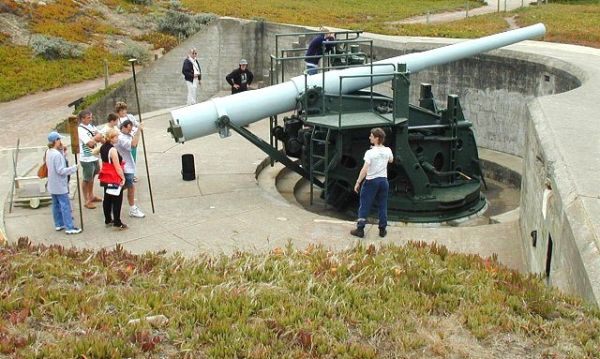
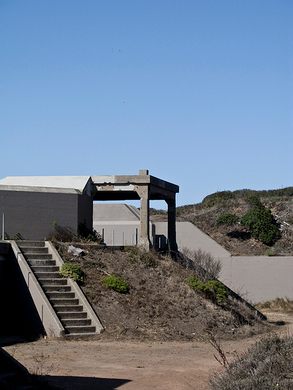
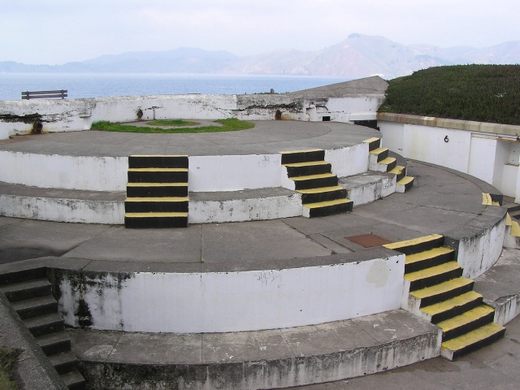
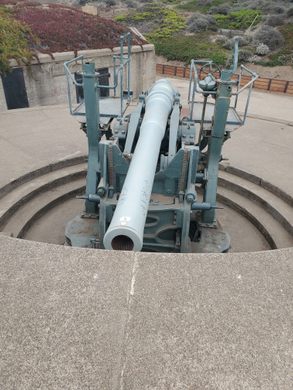






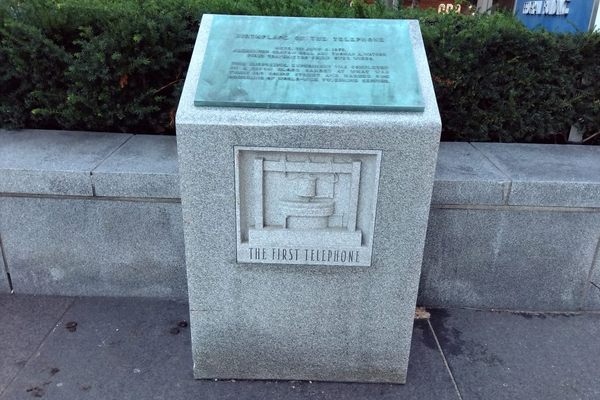
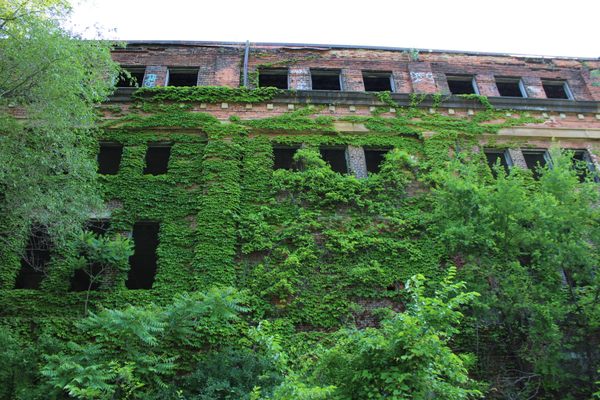


Follow us on Twitter to get the latest on the world's hidden wonders.
Like us on Facebook to get the latest on the world's hidden wonders.
Follow us on Twitter Like us on Facebook